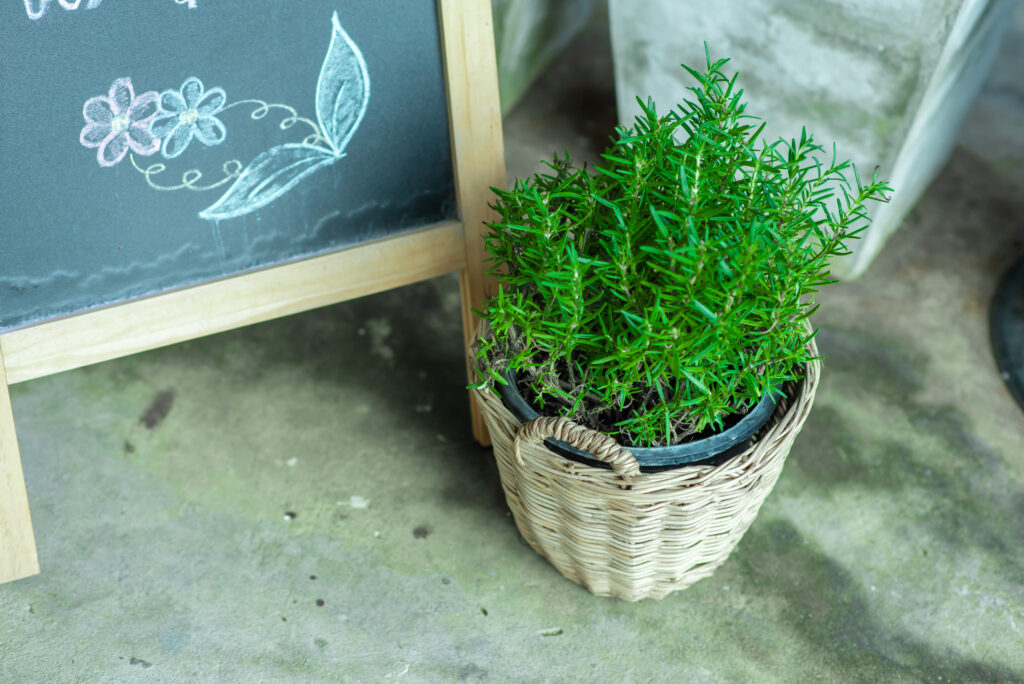Transform Your Indoor Herb Display into Eye-Catching Décor
There’s more to an herb garden than just fresh ingredients for your meals—it can also be a stylish addition to your home. Crafting a unique indoor herb display lets you combine functionality with flair, so you can grow aromatic greens while brightening up your living space. From simple chalkboard labels to trendy vertical gardens, there are countless ways to show off your herbs without clutter or confusion.
In this post, we’ll explore creative labeling methods, aesthetic container options, and advanced practices like specialized substrates that enhance both style and plant health. With a few inventive touches, you’ll enjoy a delightful blend of décor and deliciousness.
Why Focus on Herb Presentation?
- Visual Appeal
- Liven up kitchens, living rooms, or offices with pops of green
- Express your personality through container color, shape, and label design
- Easy Identification
- Avoid mixing up similar-looking herbs (like oregano and marjoram)
- Clear labeling helps you track each plant’s care requirements
- Functional Organization
- Group herbs by watering needs or light requirements
- Keep your gardening routine structured and efficient
Labeling Ideas to Spice Up Your Décor
1. Chalkboard Labels
- Paint a small rectangle on each pot with chalkboard paint
- Write herb names in chalk or use chalk markers for a bold, smudge-free label
2. Wooden Markers
- Use popsicle sticks or craft wood for a rustic, eco-friendly look
- Personalize with paint, wood burning, or calligraphy pens
3. Magnetic Tags
- Perfect for metal planters or vertical surfaces
- Easy to move around as your indoor herb display evolves
Display Techniques for a Stylish Setup
Vertical Herb Display
- Stack multiple planters on a tiered shelf or a hanging system
- Helps you save floor space and create an eye-catching green wall
Windowsill Arrangement
- Align a row of identical pots for a minimalistic, modern look
- Vary pot heights or colors for a more eclectic vibe
Upcycled Containers
- Repurpose mason jars, tin cans, or teacups for a vintage or bohemian aesthetic
- Make sure to add drainage layers or monitor watering to avoid root rot
Advanced Touches for the Discerning Gardener

Specialized Substrates
- Blend potting soil with perlite or coco coir for improved drainage and aeration
- Helps maintain peak herb health, ensuring your display remains lush and green
Exotic Plant Choices
- Incorporate visually striking herbs like purple basil or variegated sage
- Add fragrance and diversity to your indoor herb display
Refined Humidity Control
- Use pebble trays or small humidifiers if your chosen herbs require extra moisture
- Place a hygrometer nearby to ensure conditions stay optimal
Maintenance Tips for a Fresh Look
- Watering Routine
- Group thirstier herbs (like basil) together and separate from dry-loving varieties (like thyme)
- Prevents accidental overwatering or under-watering
- Fertilizing Schedule
- Feed herbs with a balanced, water-soluble fertilizer every 4–6 weeks
- Avoid over-fertilizing to keep leaf growth flavorful, not bitter
- Cleaning and Pruning
- Dust leaves gently and remove any dead foliage for a tidy presentation
- Trim herbs regularly to maintain shape and encourage new growth
Curating a memorable indoor herb display can be both functional and fashionable, giving you a year-round supply of fresh flavors while beautifying your home. By experimenting with labeling techniques—from chalkboard paint to magnetic tags—and selecting containers that match your décor, you’ll create a cohesive design statement. Factor in advanced practices like specialized substrates and humidity control, and your herb garden will thrive as a vibrant showcase of both greenery and style.




